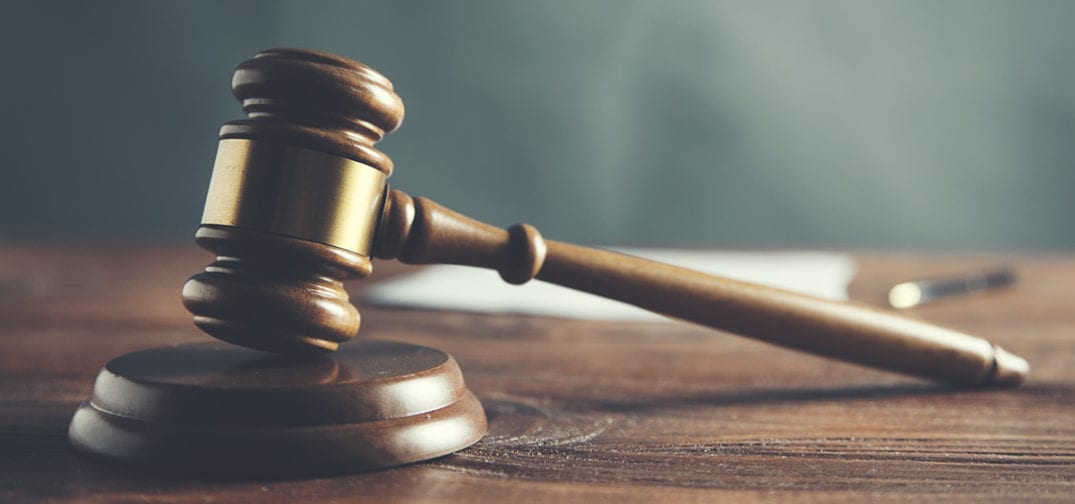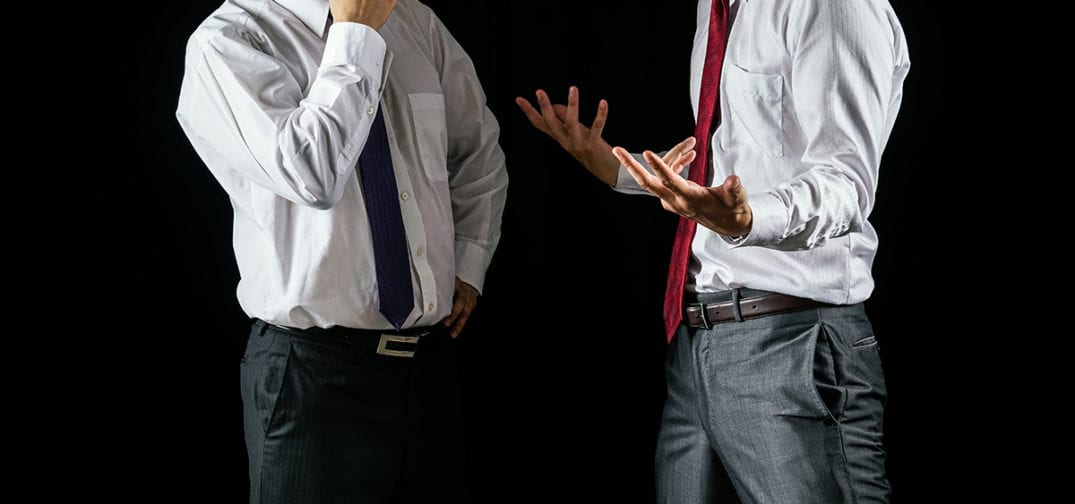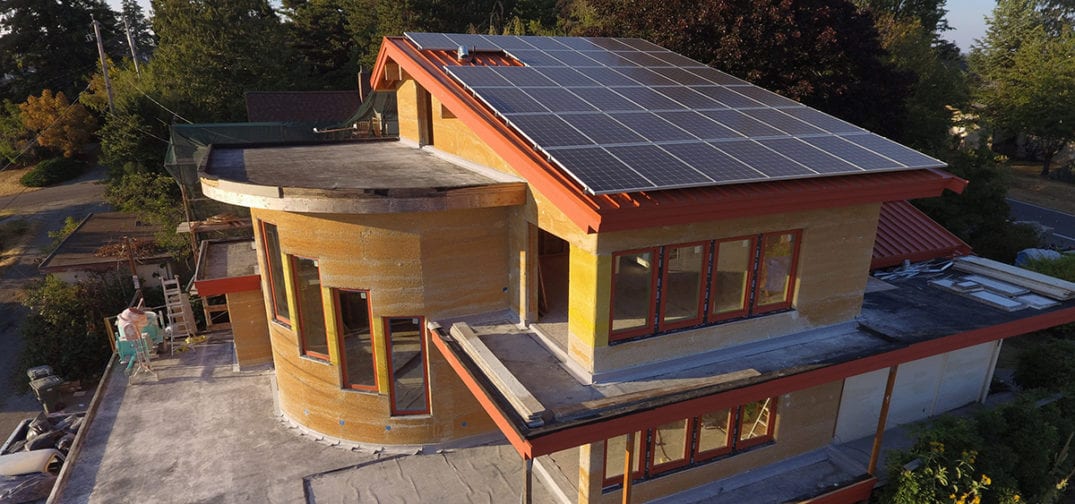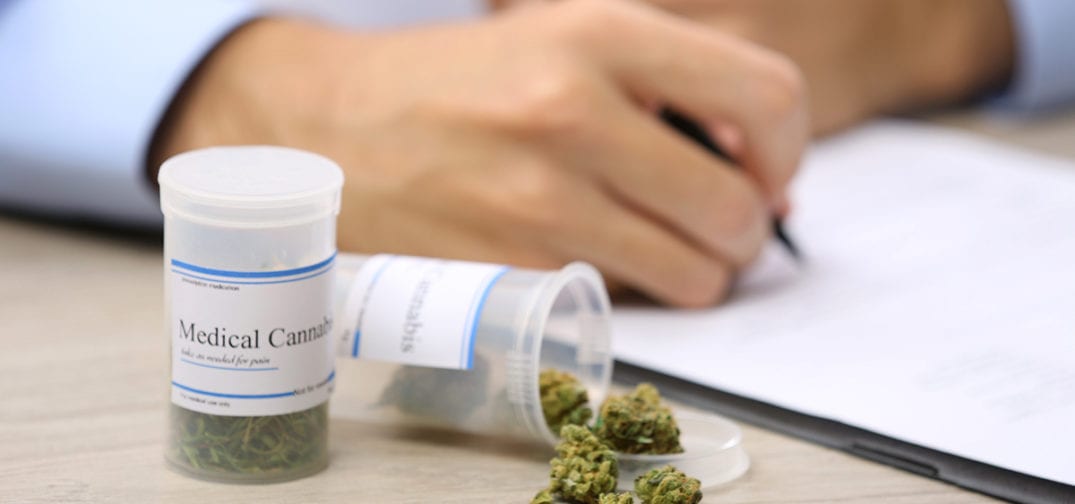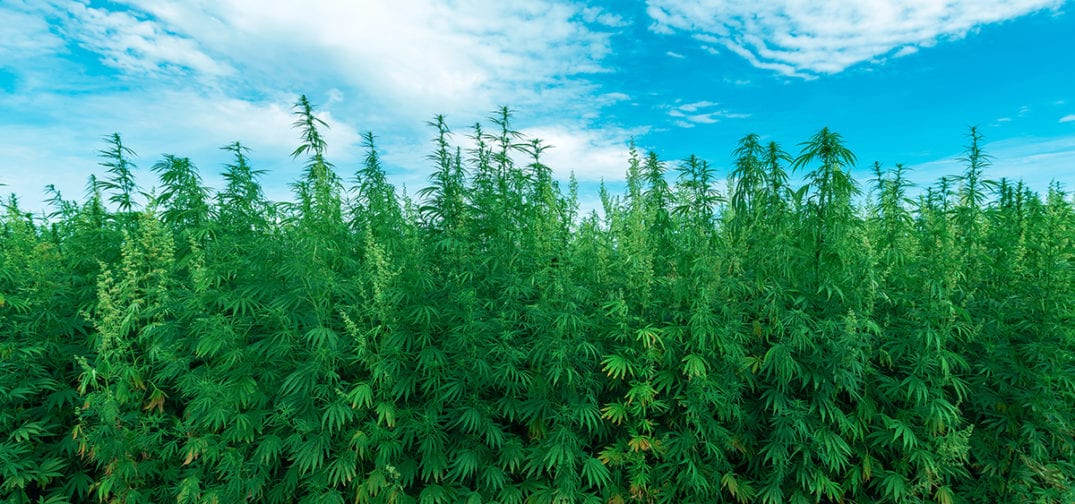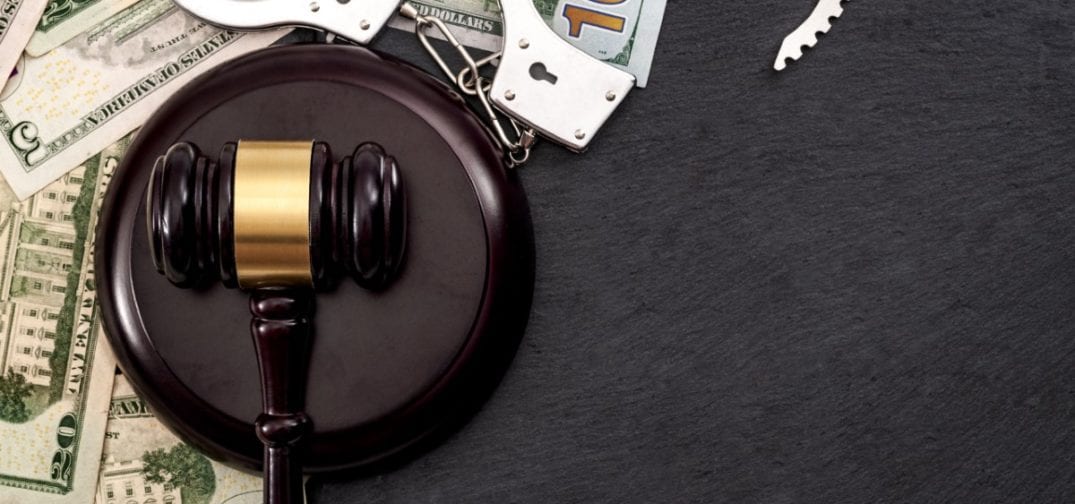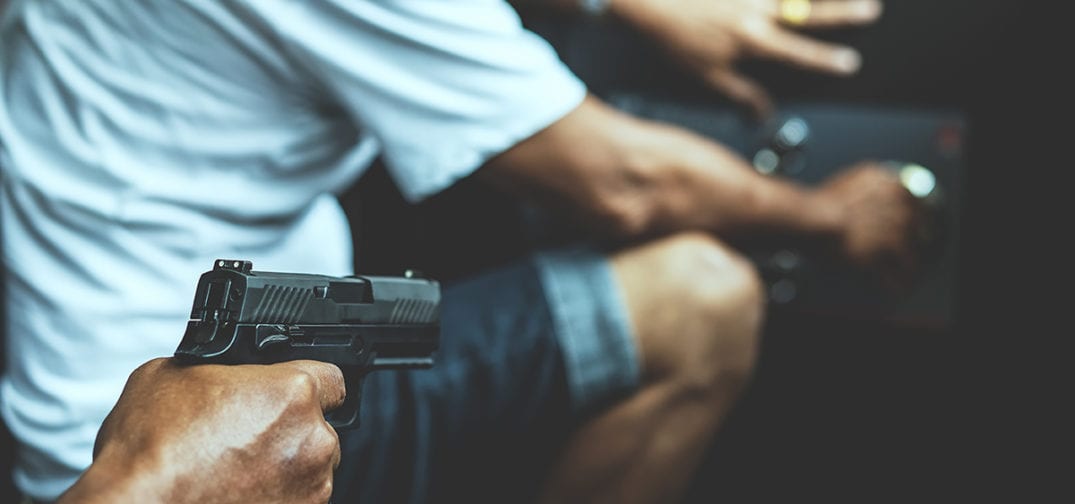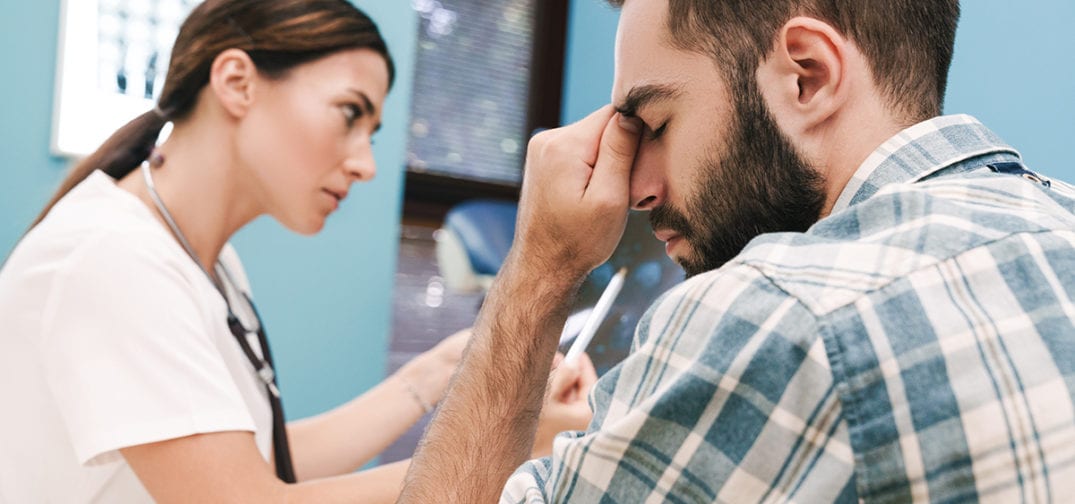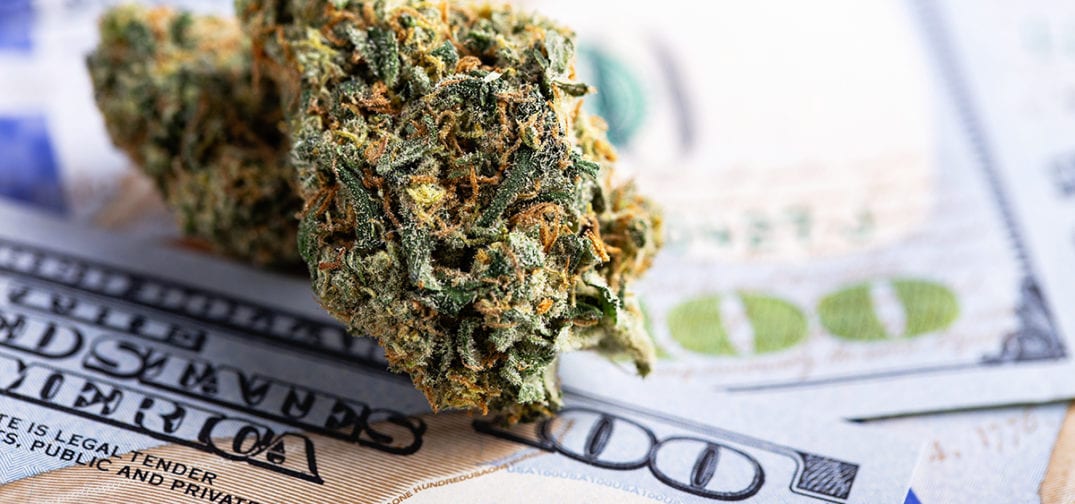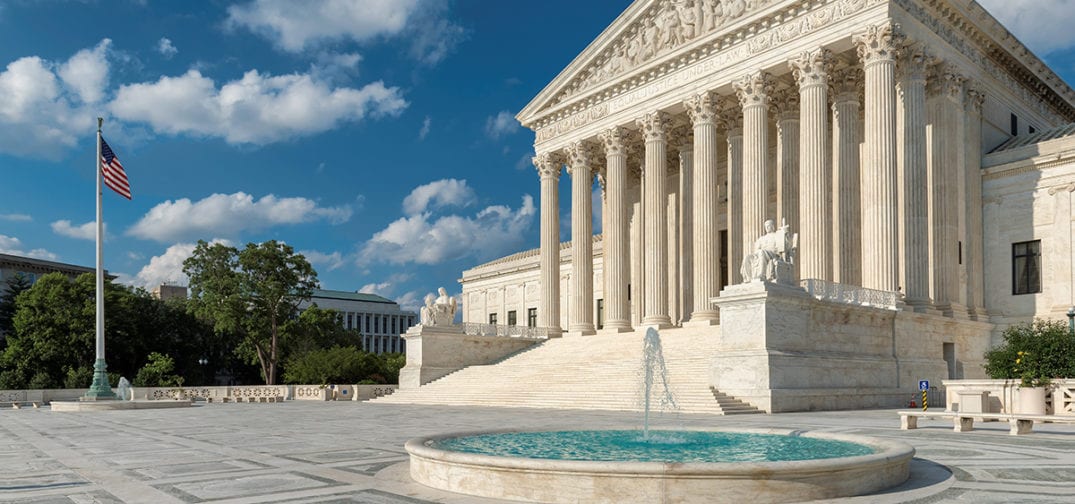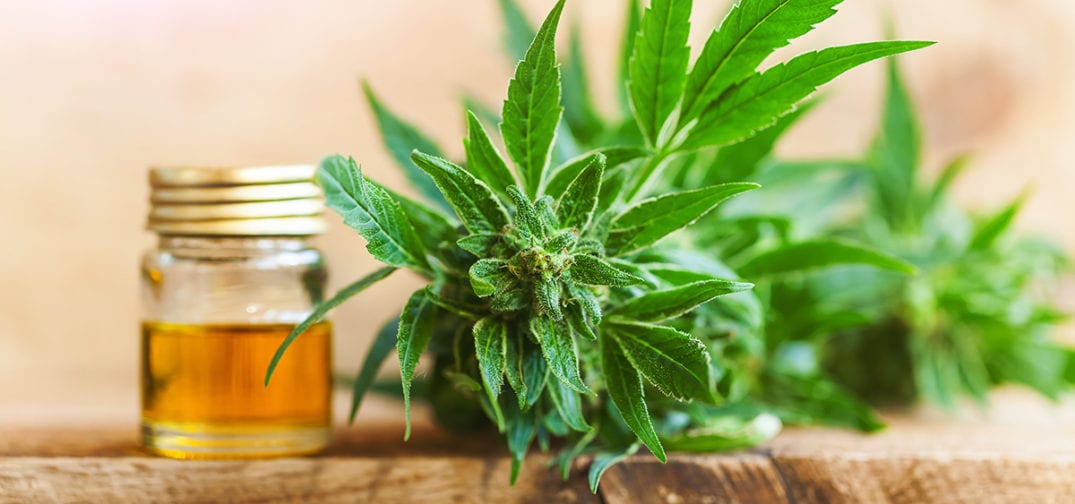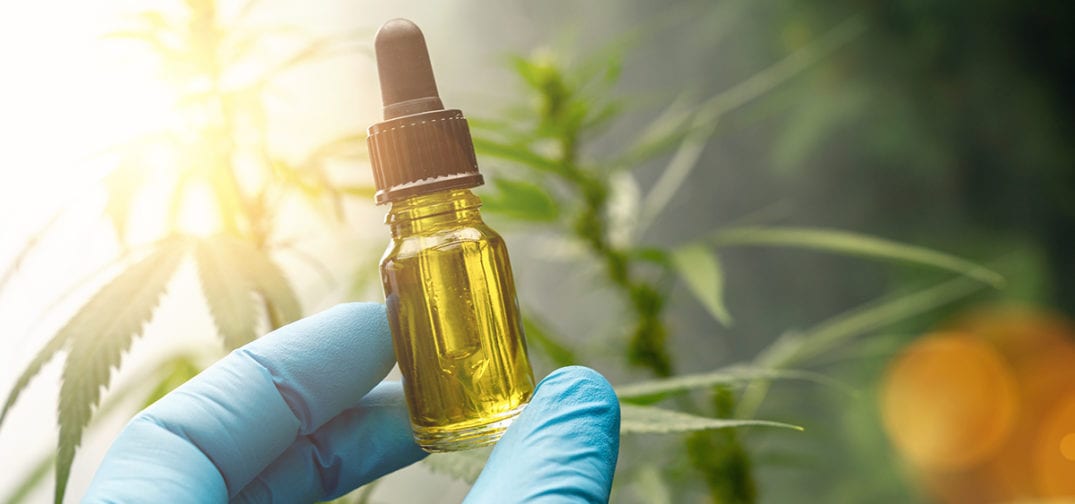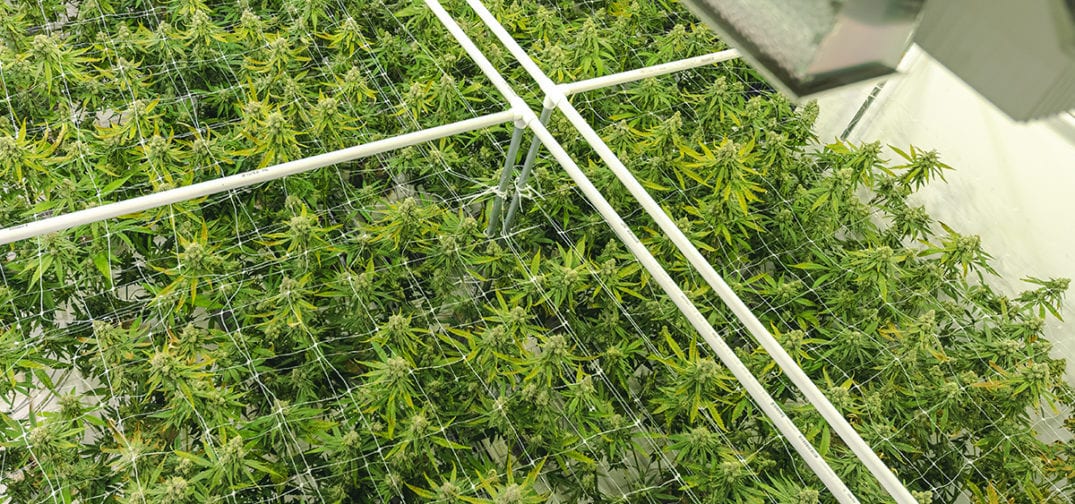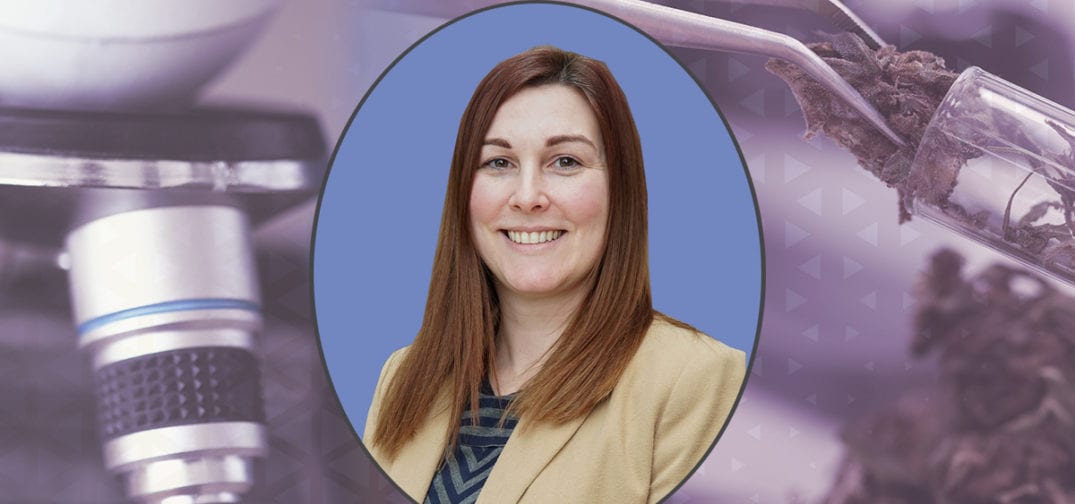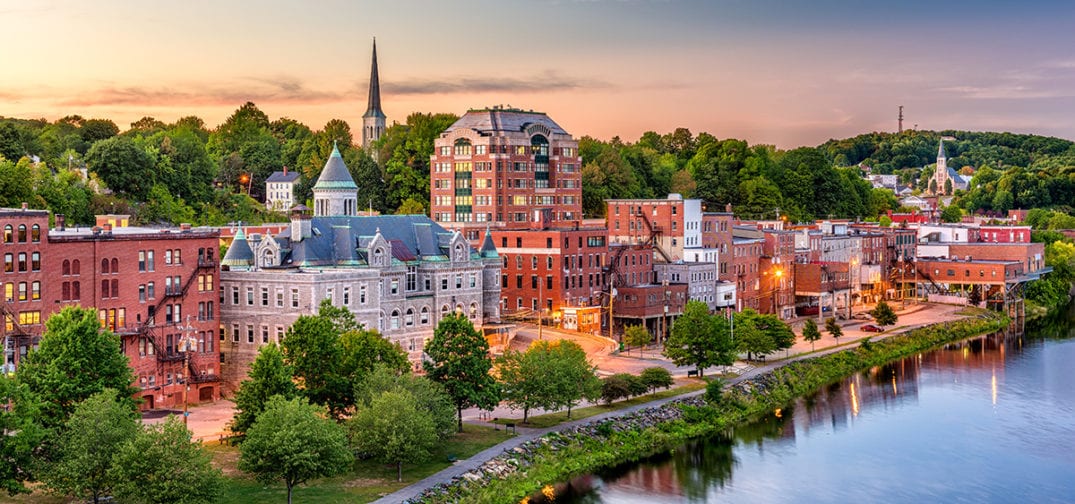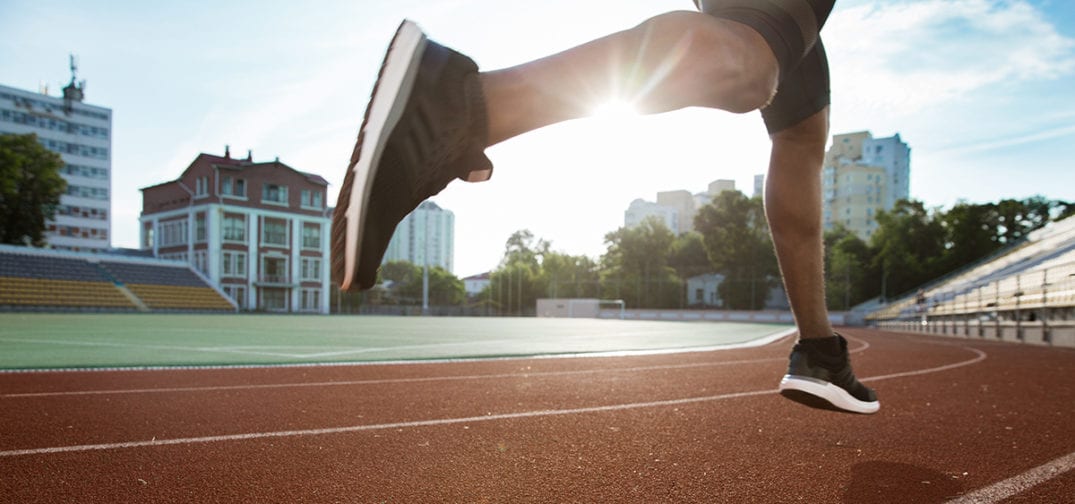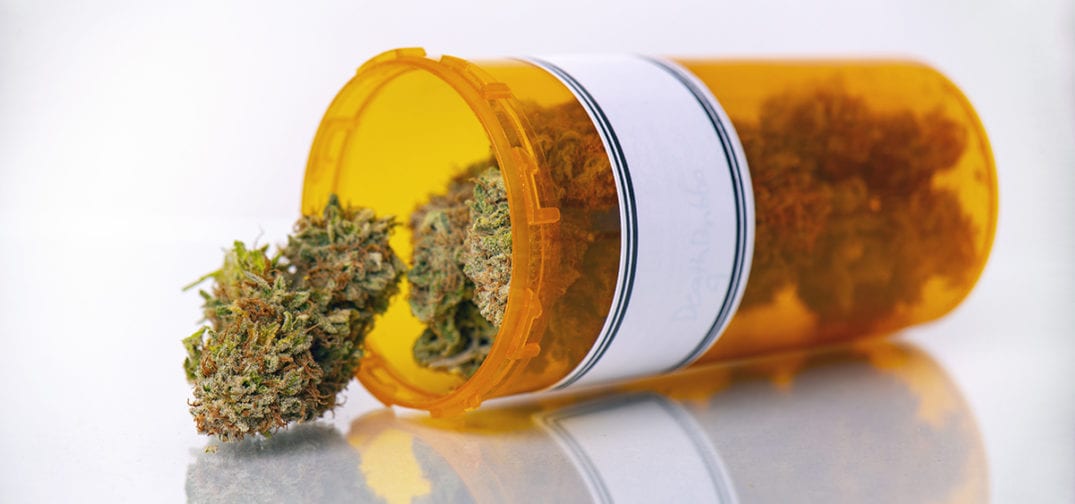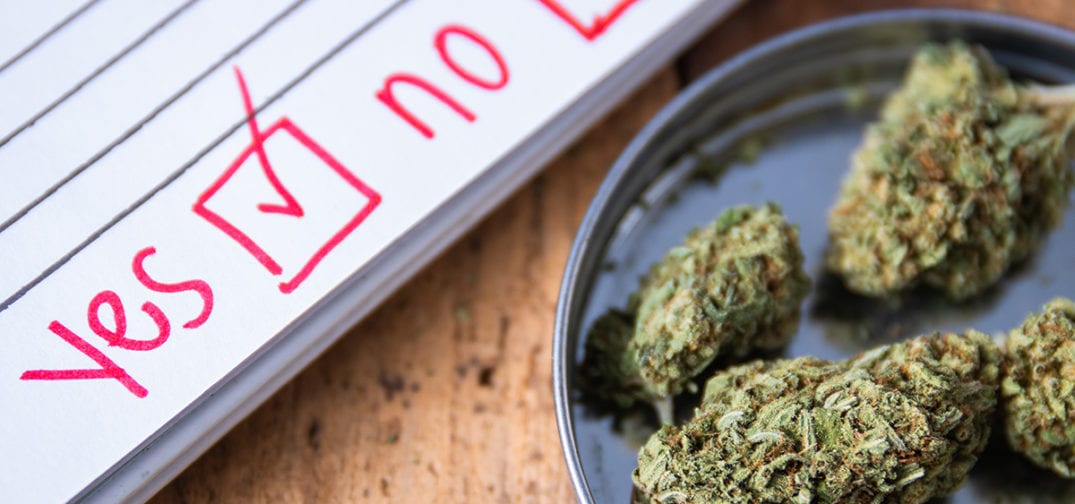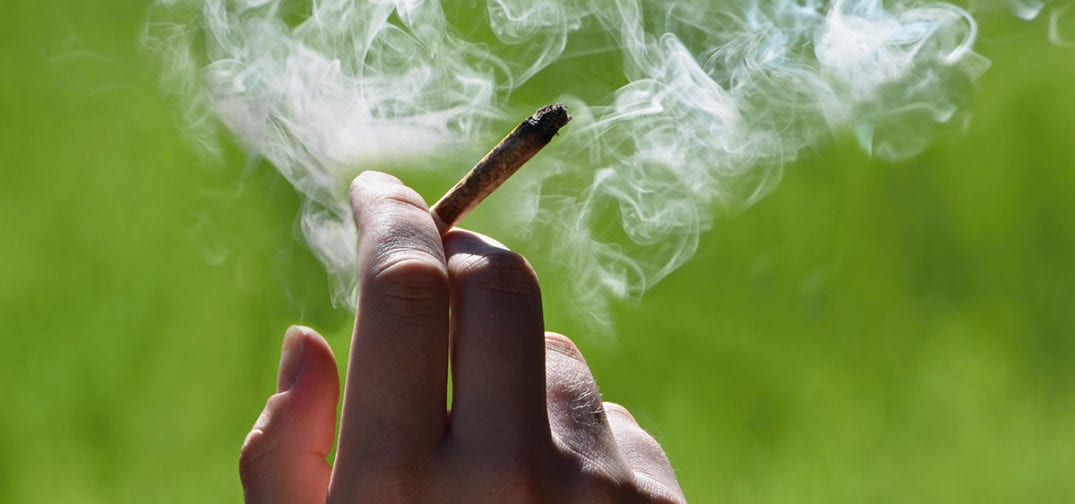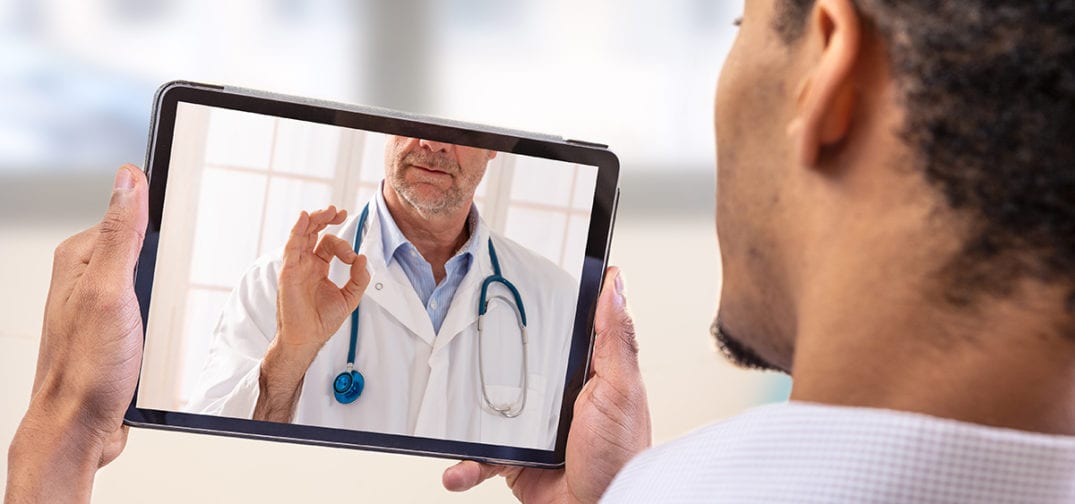British pharmaceutical company GW Pharmaceuticals recently received FDA approval of their oral solution Epidolex for treating seizures associated with Tuberous Sclerosis, adding another condition to the list of health issues that their CBD oil solution can successfully and safely treat. Individual users, however, claim that cannabis oil helps reduce pain and anxiety, as well as other issues that still await clinical confirmation.
Apart from its medicinal use, CBD oil can also be used to cook various dishes, sauces, dressings, and gummies. The wave of legalization that has swept North America recently also allowed entrepreneurs to start-up businesses and sell oil and other products made via CBD extraction to a wide array of consumers, not only those with medicinal needs.
If you’re looking for a way to make your own oil, however, this article is here to show you how to extract CBD from a cannabis plant at home.
Distinct types of CBD oil
Depending on the strain you use and the preparation method, there are three different types of CBD oil:
- Full Spectrum
- Broad Spectrum
- CBD Isolate
Each of these three types of products provides a separate set of compounds and effects. It’s very important to know what you’re introducing into your system, especially when it comes to potentially psychoactive substances.
Full Spectrum CBD oil contains more than just CBD; there’s a wide array of other cannabinoids, including THC, terpenes, and essential oils. This type of CBD oil allows the use of both leaves and flowers to assure the presence of every compound; however, leaves hold a high concentration of chlorophyll, which gives the oil a dark color and a somewhat bad taste.
Broad Spectrum CBD oil gives you the full set of substances, as well, however, there is no THC, which means you won’t get high or show positive on a drug test if you consume the oil on a regular basis.
CBD Isolate is the purest form of CBD oil extracted from nothing but the plant flower. If you’re opting for this type of oil, you should use hemp flower for this purpose. Hemp has been legal in the U.S. since the passage of the 2018 Farm Bill.
Since the extraction of Full Spectrum CBD oil is the way to obtain the most of the plant’s benefits to our wellbeing, we’ll go through to examine this method, not only because buying complex equipment for marijuana processing might get you in trouble, but also because it’s the simplest process and easy to implement at home. For those of you who would like to know other methods of marijuana oil extraction, we’ll also mention some alternatives at the end.
Extracting CBD oil from a flower
Before you start the process, it’s of paramount importance to know that Ethanol or Ethyl Alcohol is a highly flammable substance so make sure you take every precaution to keep yourself and your environment safe from fire hazard. That being said, let’s get on with the preparation process.
What do you need?
Cannabis flowers – make sure you trim down every leaf and leave nothing but the flower for the extraction process. Break larger buds into smaller pieces to make it easier for processing or even better, grind the flower so that the herb could absorb the alcohol better.
Ethanol – Best use 95% Food-Grade Ethyl alcohol.
Filtering equipment – Best use paper filters or fold gauze into several layers.
Fireproof bowl – the size of the bowl depends on how much material you have prepared.
Large glass jar – This is where you’ll mix alcohol and weed.
Decarboxylation process
To activate cannabinoids, we must place the ground herb into an oven for about 45 minutes. Spread marijuana over a casserole dish or something similar and keep the oven heated at around 110 degrees Celsius. Depending on the granulation, it could take less than 45 minutes for the decarboxylation process, so pay attention not to burn your weed in the oven.
Mixing and filtering
Place your weed into the jar and pour alcohol over it until it covers the weed completely. Stir the mixture every 5 minutes several times and let the mix sit for an hour or two. You can’t let it sit for too long, so don’t worry if you leave it sitting longer than this.
Place the layered gauze or paper filter over the fireproof bowl and start pouring the solution. It’s not a bad idea to repeat the filtering process several times until you’re satisfied with the achieved purity of the filtered solution.
Removing the alcohol
Ethyl alcohol boils at 78 degrees Celsius which is the temperature you should set on your heating surface and slowly mix the solution within the fireproof bowl. Keep the bowl over the heat source until no alcohol vapor or bubbles is appearing on the surface of the heated liquid.
More oil extraction methods
There are numerous ways to extract oil, some even answer the question of how to extract THC from your product. As these require a bit more experience, we’ll only go through some of the most popular methods.
CO2 Extraction
This is one of the newest ways to produce CBD oil and it offers the purest oil extract, called CBD Isolate, free of any additional compounds. It requires a CO2 machine because it relies on carbon dioxide as a solvent. The herb is being placed into a Co2 machine and kept under pressure. This process also includes the Winterization and Decarboxylation process. The first is used to separate CBD from wax and lipids that might be left, while Decarboxylation activates the CBD.
Oil method
Similar to Ethanol extraction, the oil method requires the use of olive or coconut oil as a solvent. One major difference is that the herb is being mixed with water and dehydrated before it’s mixed with the oil and heated. This method is most commonly used by people who need to create CBD tinctures or topicals that can be applied directly to the affected area and deal with muscle pain.
We hope this article has helped you capture the basics of CBD oil extraction. We tried to cover the extraction process as comprehensively as possible so you wouldn’t have any setbacks while trying to make your extract at home. Also, we avoided the use of specialized chemistry equipment because, let’s face it, not too many people have a lab set up in the house. Enjoy your new knowledge and have fun making your CBD oil.
